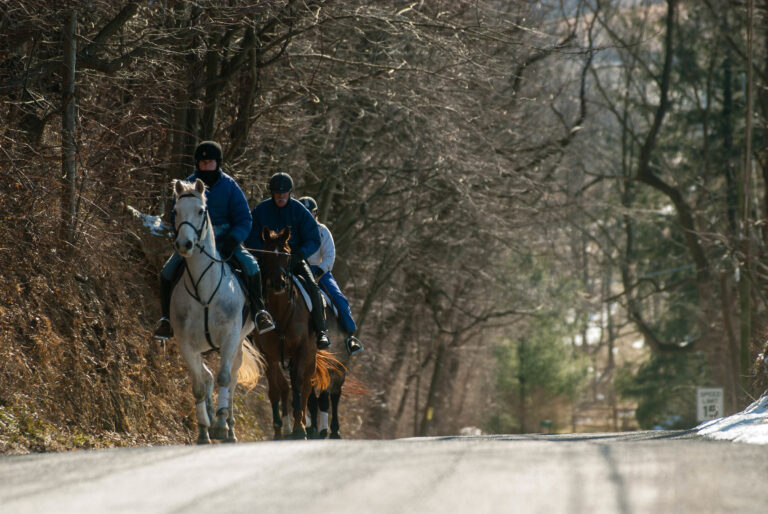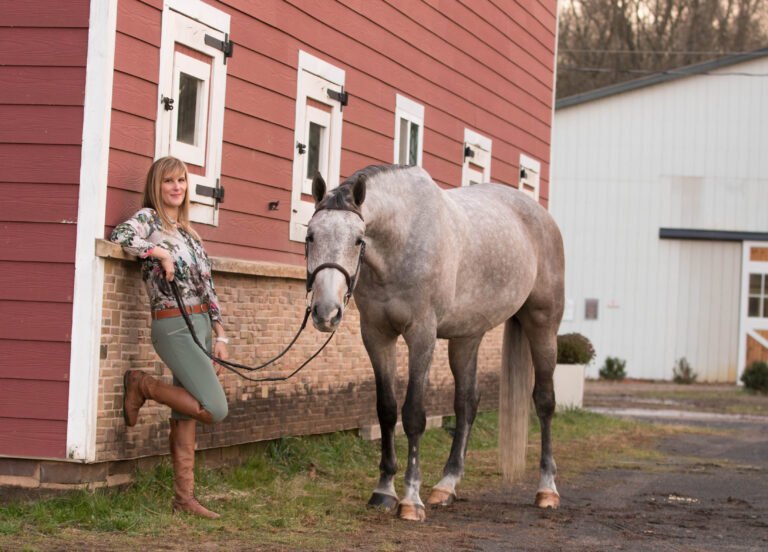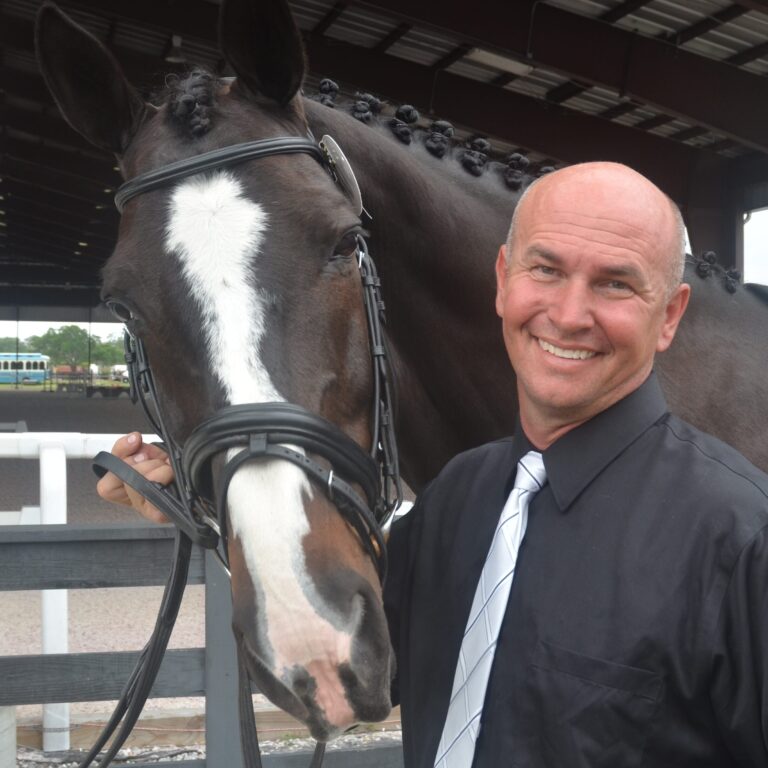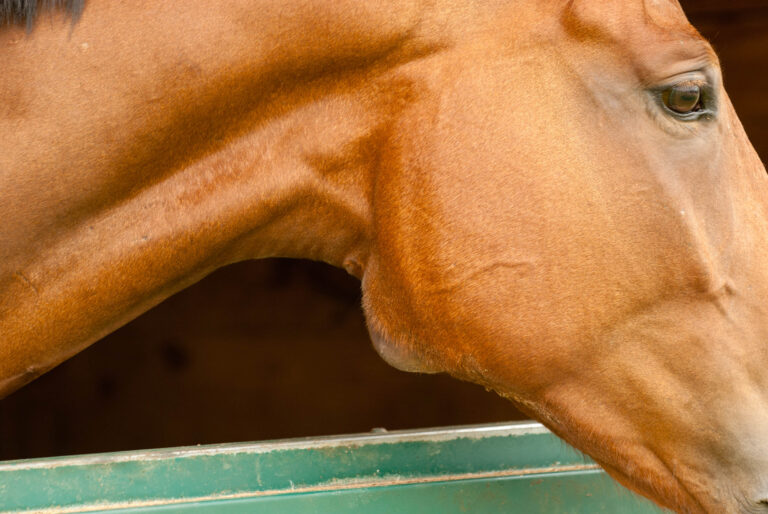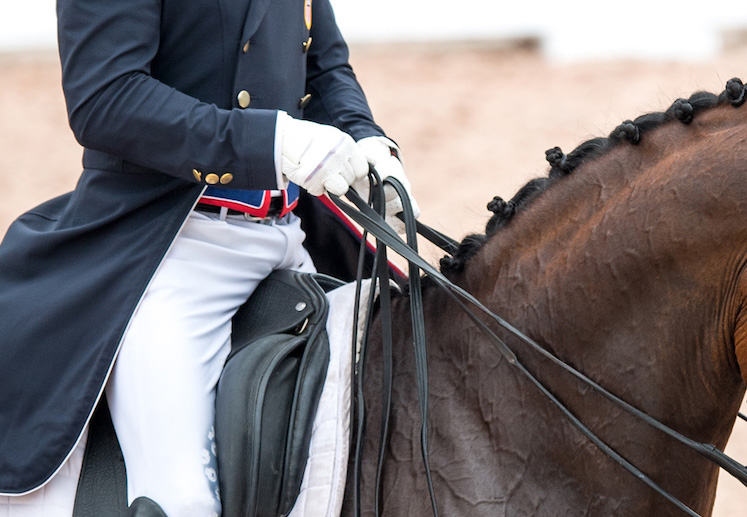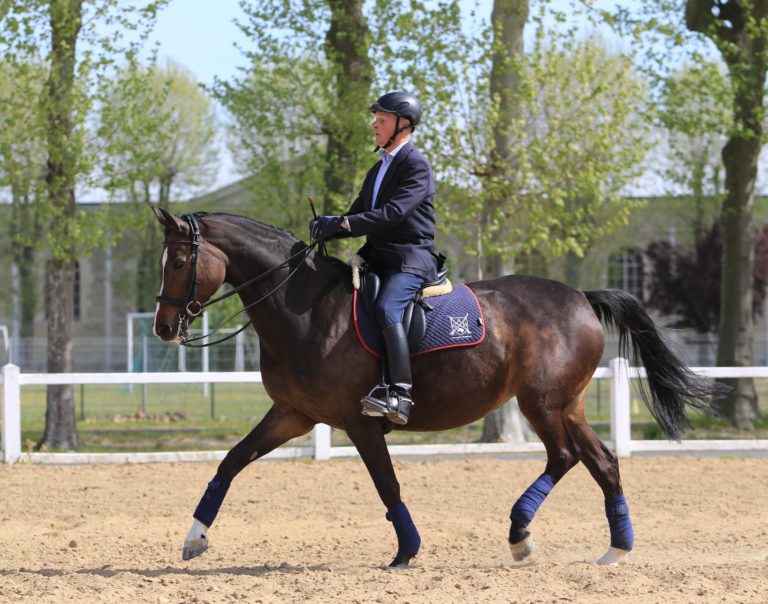Shopping for a horse can be one of the most exciting yet frustrating endeavors that dressage riders face, and a surprisingly challenging aspect of the journey to finding a new mount can be simply figuring out where to look. In this two-part series, we’ll examine the advantages and disadvantages of horse shopping in Europe as well as the pros and cons of staying closer to home here in the United States. (Click here to read Part 2: “Shopping for Quality Dressage Horses in the United States”)
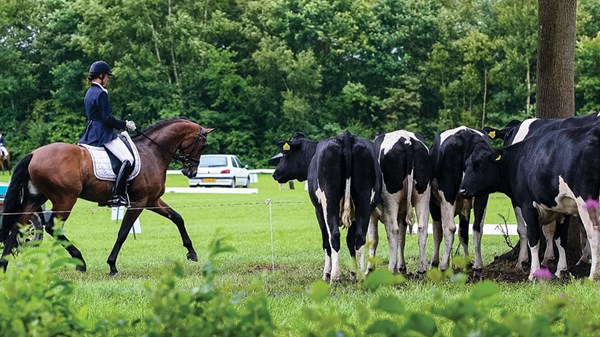
For generations of dressage riders searching for a top mount, Europe has seemed like the holy land for horseflesh. In a concentrated land area, which is just a fraction of the size of the United States, thousands of sport horses are produced each year from time-honored studbooks and bloodlines filled with proven track records of exceptional performance in international arenas. The possibilities can seem endless and most equestrians can’t help but be excited when the chance to embark on a European horse-shopping trip presents itself. Glossy auction catalogs beckon like glamorous travel brochures to exotic locations, and the dream of finding your very own Valegro suddenly seems entirely possible. But even dream vacations must be carefully planned with certain precautions taken—and the same is true for riders and owners considering their next potential purchase in Europe.
Quality and Quantity
Grand Prix rider and trainer Belinda Nairn-Wertman of Williston, Florida, has imported more than 1,000 horses over her last 30 years of successful horse shopping in Europe. “For me as a professional with five or six clients who are all looking for horses and who have different needs, going to Europe is just much more efficient,” says Nairn-Wertman. “The obvious reason is the numbers. There is a well-defined business model in Europe of breeding, developing and selling sport horses, so for us it’s a more efficient way of finding the quality.”
When FEI pony rider and owner Melissa Mulchahey, of Livermore, California, began looking for quality dressage mounts for herself as well as for resale, she also found herself turning to Europe. More than a decade later she has imported around 50 horses, primarily to the West Coast. “I found that I was spending as much time and money flying around the U.S. to look at three horses as I would to fly to Germany and see 30,” Mulchahey explains. “When I started going to Germany in 2002, I discovered that I could look at more horses in a smaller area in a shorter amount of time with a wider variety of bloodlines than was available here, and I could buy young horses that quite honestly had a better start with better consistency of training.”
Both Nairn-Wertman and Mulchahey were quick to note their strong support for U.S. breeders. But in their opinion the general quality of horses is better in Europe, a trend due more to sheer numbers than anything else. “The reality is there’s such a depth of breeding and training of top horses that’s been going on for so many generations, you can’t fight it,” says Mulchahey. “Also, producing and selling horses is much more of a business there—it’s not a hobby like it is for many in the States. Equestrian is the number two sport in Germany and Holland, and that makes a big difference in the entire culture.”
But Mulchahey notes that quantity and quality of horses don’t automatically mean that riders can hop on a plane to Europe and easily find the perfect partner. “It’s a common misconception that you’ll go and see 100 horses lined up and you just pick and choose whatever you like, but that’s not true,” she says. “Yes, the quantity is there. But that doesn’t necessarily mean they’re all quality. You get just as many bad horses as good ones, and it’s not necessarily easy to find them.”
Culture Shock
Nairn-Wertman’s biggest piece of advice for buyers who are considering horse shopping in Europe is to avoid going it alone. “I think it’s crucial to take someone over there with you or have a connection there who knows what he’s doing, understands the culture, has contacts and respects your wants and needs,” she explains. “If you don’t know someone, ask around. Word of mouth is more reliable than anything. The cheapest money you can spend is a commission if you have a good trainer or mentor that you can trust to give you good advice and help find the right horse.”

Even though she is comfortable speaking German, Mulchahey added that for many Americans the language barrier can be a challenge. “Many equestrians in Europe do speak good English, but sometimes you can get the best prices on horses by working directly with breeders, and they may not be fluent in English,” she says. “So you have to either speak the language or have someone with you to accurately and honestly translate.”
First-time buyers may also be in for a certain degree of culture shock. “Europeans have a little bit of a different outlook on things, and you have to be able to look through that as a U.S. buyer and work with someone who understands these differences,” Nairn-Wertman continues. “Some just don’t tend to care about certain horse behaviors, which may be important to American buyers, such as spooking, poor ground manners, not standing when mounting or being silly in the stall or in turnout. In the excitement of the shopping experience it can be easy to miss those things, but they can end up being a disappointment once the horse is home in the U.S.”
Mulchahey adds that it’s critical for American buyers to understand differences in normal veterinary practices and standards in Europe. “Many horses for sale over there are pre-vetted with X-rays, but you have to realize that European vettings are not typically to the same standard that we use in the U.S.,” she explains. “So anticipate having additional vet costs in order to have additional X-rays done and sent for review by a vet back in the States. It’s important to find a vet in Europe whom you can trust and who will inspect a horse to U.S. standards, but it isn’t easy—it took me six or seven years to establish that relationship. I looked at the list of German vets that are members of the American Association of Equine Practitioners [AAEP] and work with them. I use the Telgte Equine Clinic, which has an AAEP member and is the official vet clinic for the German Equestrian Federation. Also, there is always a little bit of wonder if everything is being fully disclosed about the horse’s health history. You can never really know, no matter where in the world you purchase a horse, but at least in the U.S. you do have some recourse and some laws to protect you. There are some legal firms in Germany, in particular Michael Klimke’s firm, that do a lot of work with USA/foreign buyers. In my experience, your only recourse is to either appeal personally to the seller/auction house and see what they are willing to do or engage a German law firm specializing in horses to help you understand what, if any, legal recourse you may have and represent you in that recourse.”
Money Talks
Even though buyers can travel to Europe and see many horses at a wide range of price points all at the same time, that doesn’t mean that bargains are easy to come by. “I think it’s a common misconception that it’s going to be cheaper to buy a horse there,” notes Mulchahey. “In my experience I do think it’s possible to get more horse for your money there, but quality costs money no matter where you are. You’re going to pay a fair price for quality whether it’s in Europe or the U.S. And many people think ponies are cheaper than horses, but not after a certain point. If you want a national- or international-quality pony, it’s going to cost as much as a similar-quality horse. Also, you don’t tend to know if several commissions are involved in the horse’s price, so transparency can be an issue, too. You don’t know how many hands are in the pot, and again, U.S. laws can’t protect buyers purchasing horses there.”
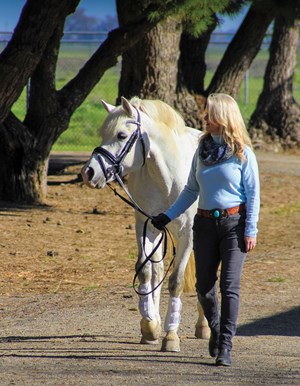
Nairn-Wertman adds that buyers need to understand that sales prices in Europe are usually in euros, and that the currency exchange rate for the dollar against the euro can fluctuate daily and have a significant impact on the final amount paid to the seller. “Also, Americans should realize that it’s not necessarily a buyer’s market for us anymore,” says Nairn-Wertman. “There are other countries, including from the Far East, which are now interested in dressage horses, so the U.S. isn’t the primary sales market anymore. This dynamic can definitely impact the horse’s price and your bargaining power.” To learn more, read “Paying for a Horse Abroad” in the June ’14 issue of Dressage Today.
The Journey Home
Once a purchase is made, it’s still a long and expensive journey to America for an imported horse. Several major European export companies regularly fly horses via airfreight to destinations across North America, but transportation and quarantine upon arrival (combined with daily exchange-rate fluctuations) can quickly add up to thousands of extra dollars on top of the money already spent by a buyer to complete the actual sale. “No doubt shipping and quarantine is a big issue, and it’s a significant cost consideration,” explains Nairn-Wertman. “I always tell my clients that they cannot cut costs—they have to go through a reputable shipper, and it’s not cheap. The price fluctuates with the strength of the dollar, but I would figure $9,000 to $10,000 through quarantine on the U.S. side would be pretty normal. Mares and stallions are more because of the cost of the additional quarantine—adding roughly $2,000 to a mare and $4,000 to $5,000 to a stallion. But I stress that transport is not an area to cut corners. It is so important that the horse travel safely and under the best possible circumstances. I would never, for example, buy a horse when shipping is included in the price. I want to know every detail about how the horse is going to travel. A lot of arrangements must be made and it can be intimidating, and you need to be assured that everything has been taken care of properly. When everything goes right, the importation process is fairly easy, but when it goes wrong, it can go very, very wrong.”
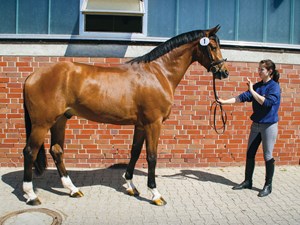
Upon landing on American soil, every imported horse must complete a mandatory quarantine in an approved station, incurring even more bills for the new owner. “Buyers need to understand that quarantine prices depend upon the particular station, so Miami is going to be different from New York and Los Angeles,” notes Mulchahey. “And it’s not something you can really shop around for a price. Since there are a limited number of quarantine facilities, you can be at the mercy of the prices set by those stations.”
Mulchahey explains that geldings must complete a three-day quarantine, but mares must remain in isolation for an additional two weeks and stallions for an exhausting 35 days. “Importing stallions is not for the faint of heart, and it can be both mentally and physically stressful for the horse even under the best of circumstances,” she says. “First of all, they’ve likely been pulled from a full work schedule to basically be on stall rest. Secondly, stallions have to go through a lot of testing both before and after they leave Europe, including daily teasing plus two live covers (even if they’ve never been bred before) in order to complete all veterinary requirements. For some stallions it can cause distraction and loss of focus, making it a challenge to get them back in work mode once they leave quarantine. It’s intense.”
Resist Temptation
Even with these considerations, horse shopping in Europe remains a thrilling experience for U.S. buyers. But that excitement can lead to some big mistakes. In the heat of the moment, shopping lists may go right out the window as buyers in search of a schoolmaster end up with a flashy black 3-year-old stallion. “Bar none, the biggest mistake I see people make is coming home with ‘the horse of their dreams,’ which is entirely unsuitable for them,” says Nairn-Wertman. “I can’t tell you how many people have come to me after having this happen. It’s so easy to get caught up in the moment over there: You see an incredible horse in this amazing environment and you just have to have it. But it doesn’t mean that he’s suitable for you or that you can even ride him, and then you’re stuck with him or you end up paying a professional to ride the horse indefinitely.”
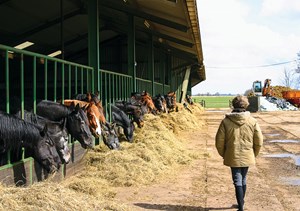
Nairn-Wertman notes that even professional trainers can fall victim to the thrill of the experience. “It’s very important for trainers to also not fall into this trap of buying a horse that they want to ride. They have to purchase the type of horse that fits their client’s needs, not fall in love with a dream horse for themselves and convince an owner to buy it when it’s not one that the client will ever be able to ride.”
The Auction Experience
Auctions are an intoxicating experience, and, as a result, buyers from around the world gather at European sport-horse auctions year after year in search of new mounts. With events ranging from more informal breeder auctions to glamorous red-carpet boutique catalogs, horses of all shapes, sizes and price ranges can be found all in one place. But before excitedly making that bid, both FEI pony rider and owner Melissa Mulchahey, of Livermore, California, and Grand Prix rider and trainer Belinda Nairn-Wertman, of Williston, Florida, caution U.S. buyers to do their homework.
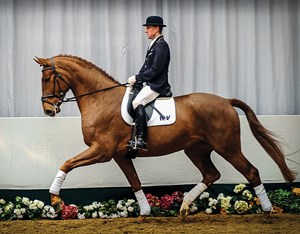
“I’ve purchased the vast majority of my horses from auctions and have had good luck,” says Mulchahey. “On the positive side, you can see anything from 30 to 100 horses all in one place. You have the opportunity to see and ride them every day for as long as two weeks at auction site, watch others ride them to see how they react to different riders, and observe their manners in the stables. As an additional service, according to German law, auctions do have to disclose surgical and veterinary history of the horses. They are also pre-vetted, but often not to the standards we’re used to. So you have the option to purchase more X-rays or examinations, and then your vet back in the U.S. can log in to a free server provided by the auction to evaluate the images and reports. Also, auctions usually publish videos and livestreams on their websites, so it’s becoming increasingly popular to buy online. I have actually purchased several ponies through the auction with online bidding while at home in California, although I did have someone I trusted onsite to look at and try the ponies for me.”
Sounds great, right? It is, but buyers must keep certain things in mind. “To be blunt, the horses at auctions are ridden by very professional riders whose job it is to present the horse in the best possible light and cover up any flaws,” Mulchahey explains. “Also the horses tend to get very tired, so their true liveliness and temperament may not be apparent; and unless you happen to be there early each day, you never know who they’re longeing down every morning. The more due diligence you do, the greater the chance that you’ll be happy with what you get. There are also some extra auction fees to factor in to what someone is willing to spend, including a 6 percent commission plus insurance fee and taxes [VAT], dependent upon whether or not the horse is leaving the country immediately.”
“I’ve purchased many horses through auctions, but I’m very cautious about it,” echos Nairn-Wertman. “We used to bring horses over that we’d purchased out of auctions, and they would be amazingly different when they got here, and often not in a good way. I won’t make an auction purchase anymore unless I really know the horse beforehand and have had an opportunity to see it at home. They’re so professionally and cleverly presented at the sale, but I don’t want to see a horse on the best day of his life—I want to see the reality. I prefer to go to the smaller private barns and see the horses in a more natural setting, where what you see tends to be closer to what you get, but you must have the connections and resources to seek them out, and it’s not easy.”
In Part 2, we discuss the pros and cons of shopping for quality dressage horses in the United States.
If you’re ready to buy or sell your next horse, visit our sister site Equine.com.


